Better Shelter creates sustainable housing for refugees displaced by climate crisis
Social enterprise Better Shelter creates sustainable housing for emergencies, delivering modular homes in flat packages that can be rapidly assembled without the need for tools or electricity
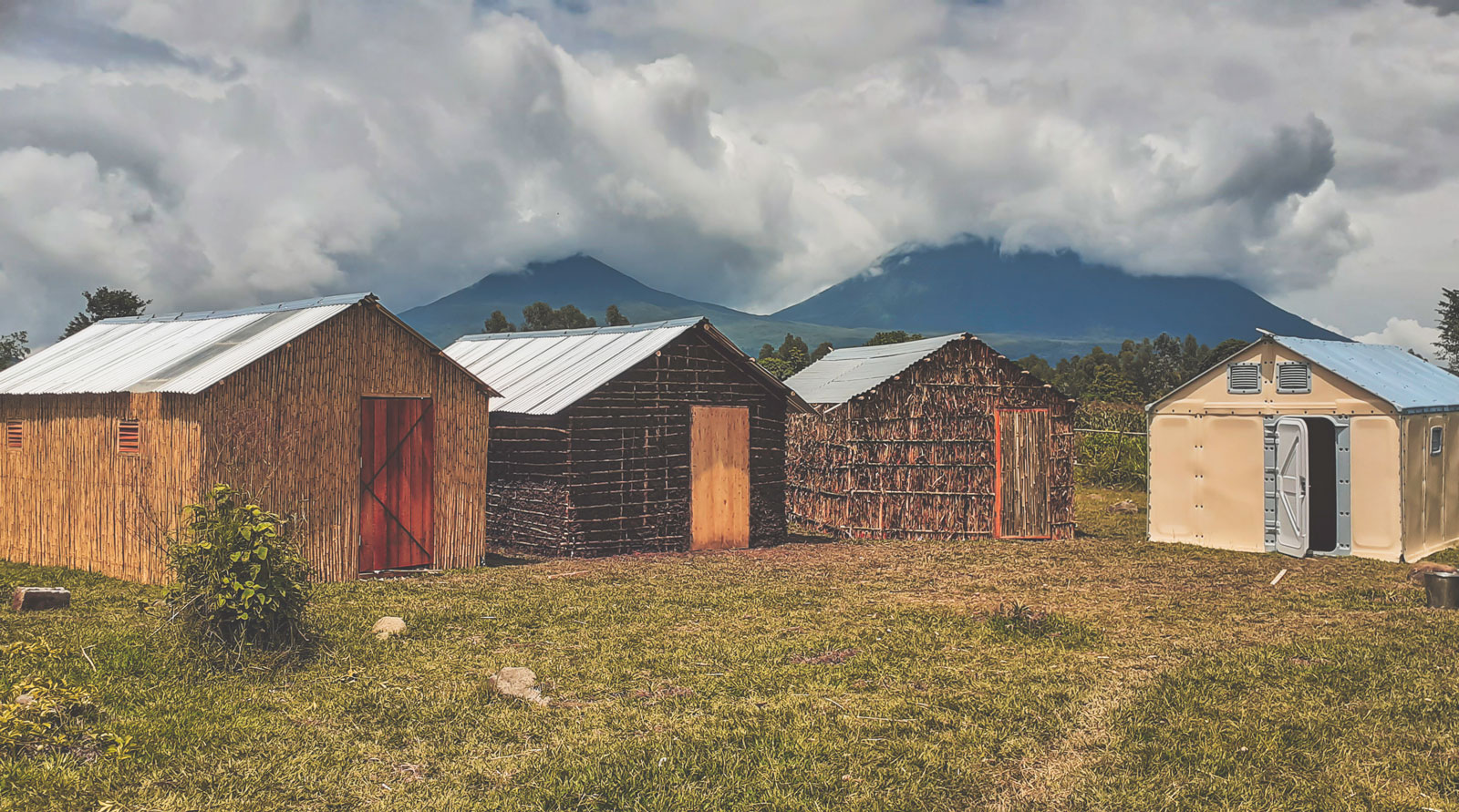
Social enterprise Better Shelter creates emergency and temporary sustainable housing for communities displaced by the climate crisis. With pilot sites for its shelters, called ‘Structure’, currently in India, Afghanistan, Tajikistan, and Rwanda, its short-term solutions provide a sustainable response to the climate crisis that has left millions homeless.
The company, based in Stockholm, Sweden, delivers modular homes in flat packages that can be speedily assembled without the need for tools or electricity. Equipped with a lockable door and a solar-powered lamp, they are created using materials local to their site, such as bamboo, timber and wattle and daub, and have the potential to be adapted by their occupiers for longer use.
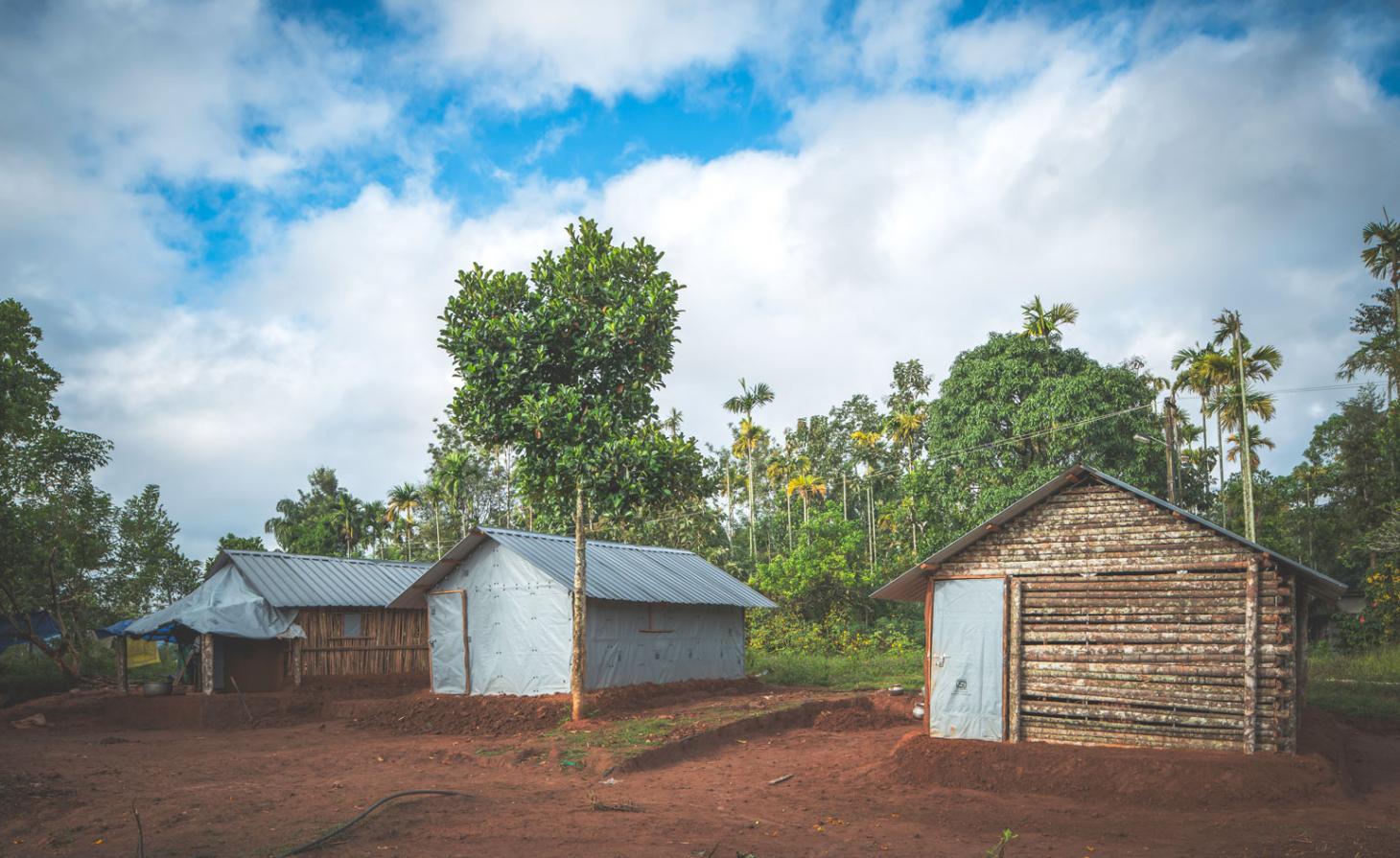
Shelters in India
‘Scalability, user participation and sustainability are the key elements we consider when designing the shelters,’ says Better Shelter managing director, Johan Karlsson. ‘With Structure, we want to provide a reliable shelter to save lives in emergencies, but as importantly, [it needs] to work as a safe and reliable base that can be upgraded to a more permanent shelter over time, by the end users themselves. We want to leave as many material and technique-related decisions as possible to local experts, and reinforce material traditions and techniques available locally.’
While the units are designed in-house, local architects from humanitarian aid partners play a crucial role in developing plans for the external cladding, considering how it can be best adapted with available local materials to suit its environment. Currently, he says, Better Shelter is working with non-profit organisation Seeds in India, for example, whose director of design Kamal Chawla and team ‘have built family shelters using local material in Kerala, and are now working on a larger project in the Delhi area’, adds Karlsson.
The Structure project has been the subject of a recent architecture exhibition at LA’s Tase gallery, which has been an opportunity to increase awareness and fundraise: ‘Anything showcased at Tase, whether it’s fashion photography or a non-profit exhibition, is presented in a minimal, digestive way, which can be aesthetically pleasing and extremely comprehendible,’ says the gallery’s founder Jessie Andrews. ‘Showing people exactly what they need to see, as opposed to getting as much content into an exhibition as possible, is something I really focus on. A metal structure along with key powerful images, a short bio and QRC donation code allowed us to raise thousands of dollars on opening night.’
It is a timely call to action, as the need for the shelters is rapidly increasing. ‘Research shows that several so-called slow-onset drivers, like drought, desertification and coastal erosion, will increase and thereby lead to further displacement,’ says Karlsson. ‘The numbers vary, but research shows that by 2050 we may have reached 200-250 million people displaced, which is more than twice today’s displaced population. Climate change is not a future threat. It is happening now. How we build local resilience and develop scalable solutions will determine how well we can prevent its consequences.’
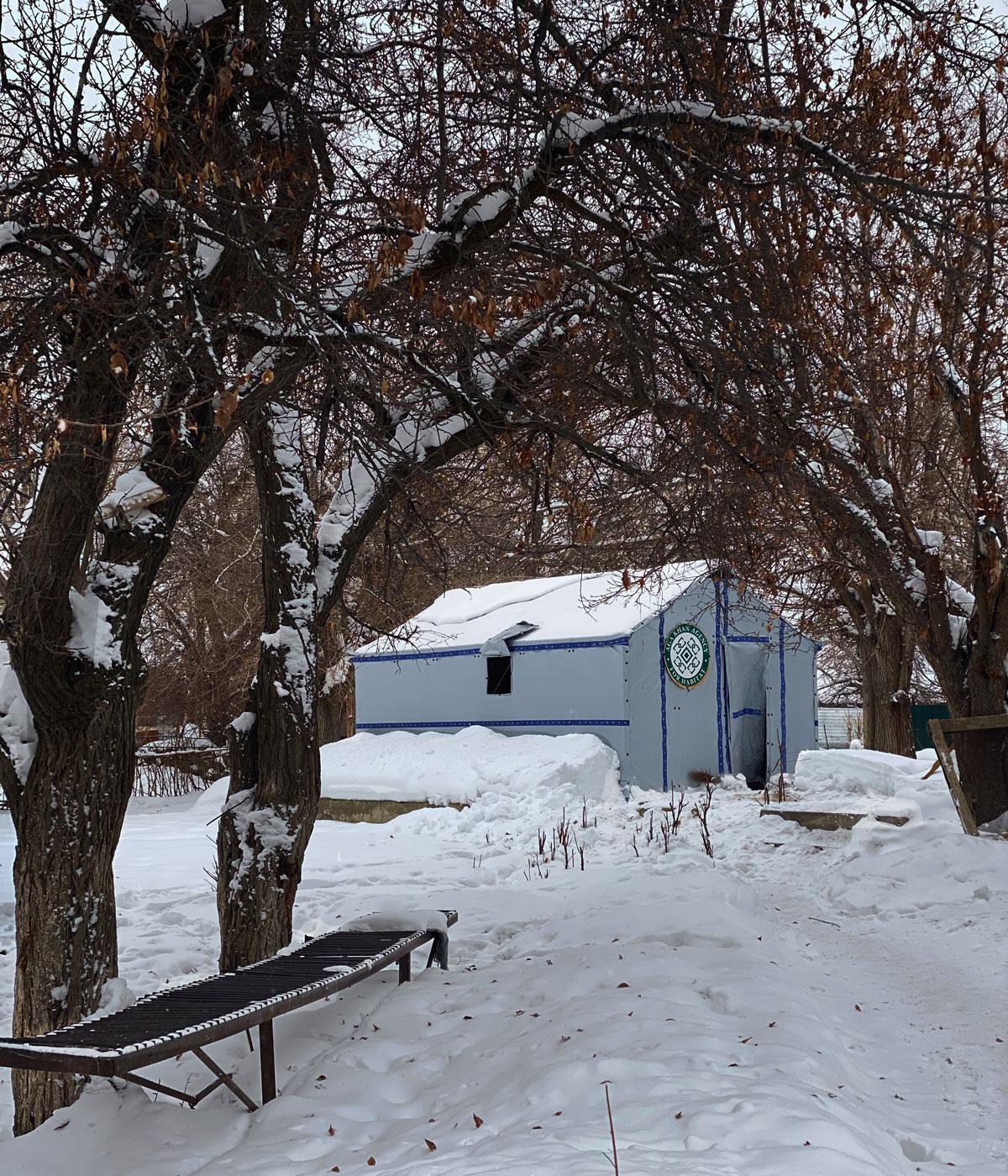
Shelter in Tajikistan
INFORMATION
The exhibition is at Tase Gallery until 21 May
Wallpaper* Newsletter
Receive our daily digest of inspiration, escapism and design stories from around the world direct to your inbox.
Hannah Silver is the Art, Culture, Watches & Jewellery Editor of Wallpaper*. Since joining in 2019, she has overseen offbeat design trends and in-depth profiles, and written extensively across the worlds of culture and luxury. She enjoys meeting artists and designers, viewing exhibitions and conducting interviews on her frequent travels.
-
 Put these emerging artists on your radar
Put these emerging artists on your radarThis crop of six new talents is poised to shake up the art world. Get to know them now
By Tianna Williams
-
 Dining at Pyrá feels like a Mediterranean kiss on both cheeks
Dining at Pyrá feels like a Mediterranean kiss on both cheeksDesigned by House of Dré, this Lonsdale Road addition dishes up an enticing fusion of Greek and Spanish cooking
By Sofia de la Cruz
-
 Creased, crumpled: S/S 2025 menswear is about clothes that have ‘lived a life’
Creased, crumpled: S/S 2025 menswear is about clothes that have ‘lived a life’The S/S 2025 menswear collections see designers embrace the creased and the crumpled, conjuring a mood of laidback languor that ran through the season – captured here by photographer Steve Harnacke and stylist Nicola Neri for Wallpaper*
By Jack Moss
-
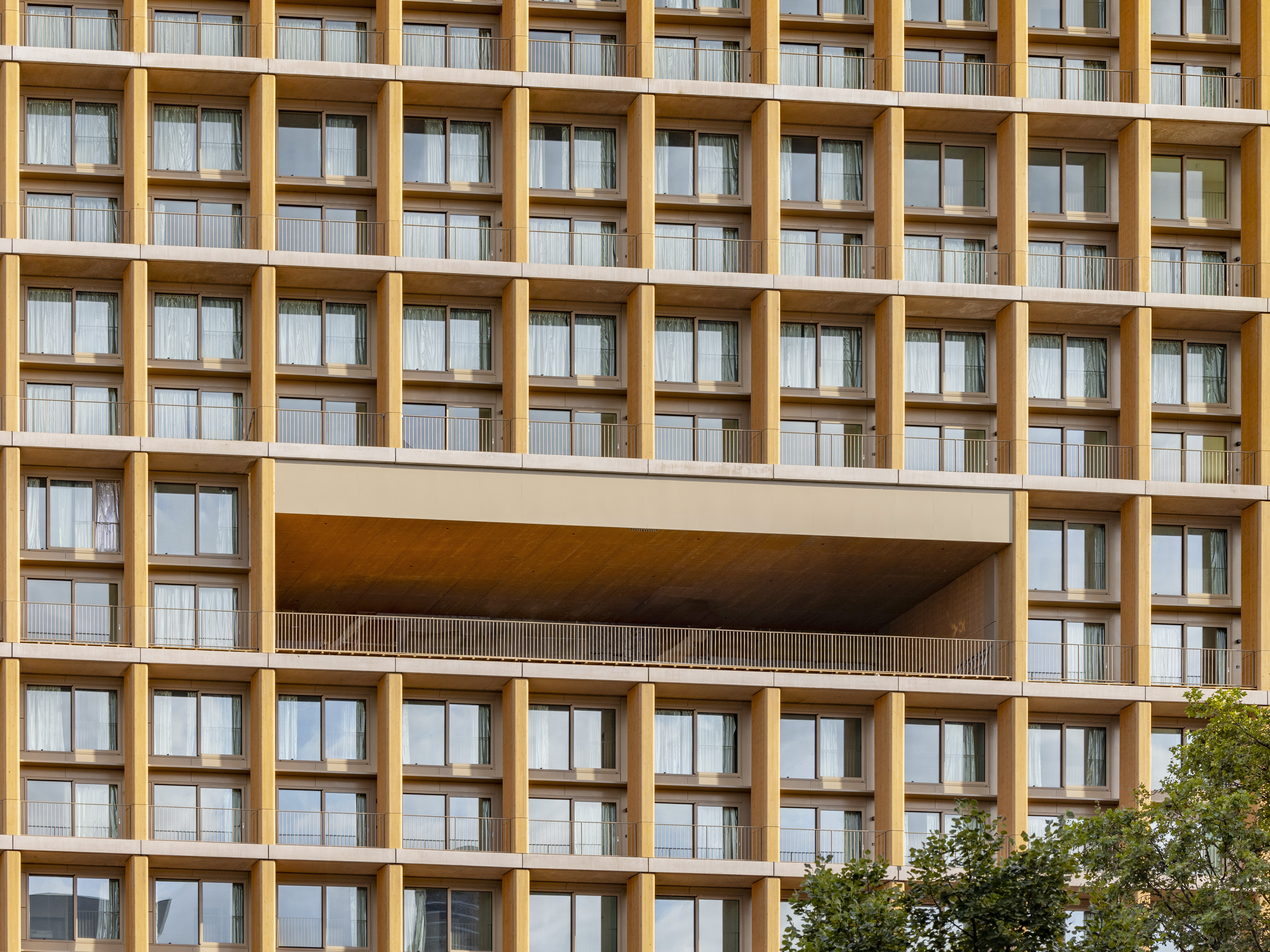 Explore wood architecture, Paris' new timber tower and how to make sustainable construction look ‘iconic’
Explore wood architecture, Paris' new timber tower and how to make sustainable construction look ‘iconic’A new timber tower brings wood architecture into sharp focus in Paris and highlights ways to craft buildings that are both sustainable and look great: we spoke to project architects LAN, and explore the genre through further examples
By Amy Serafin
-
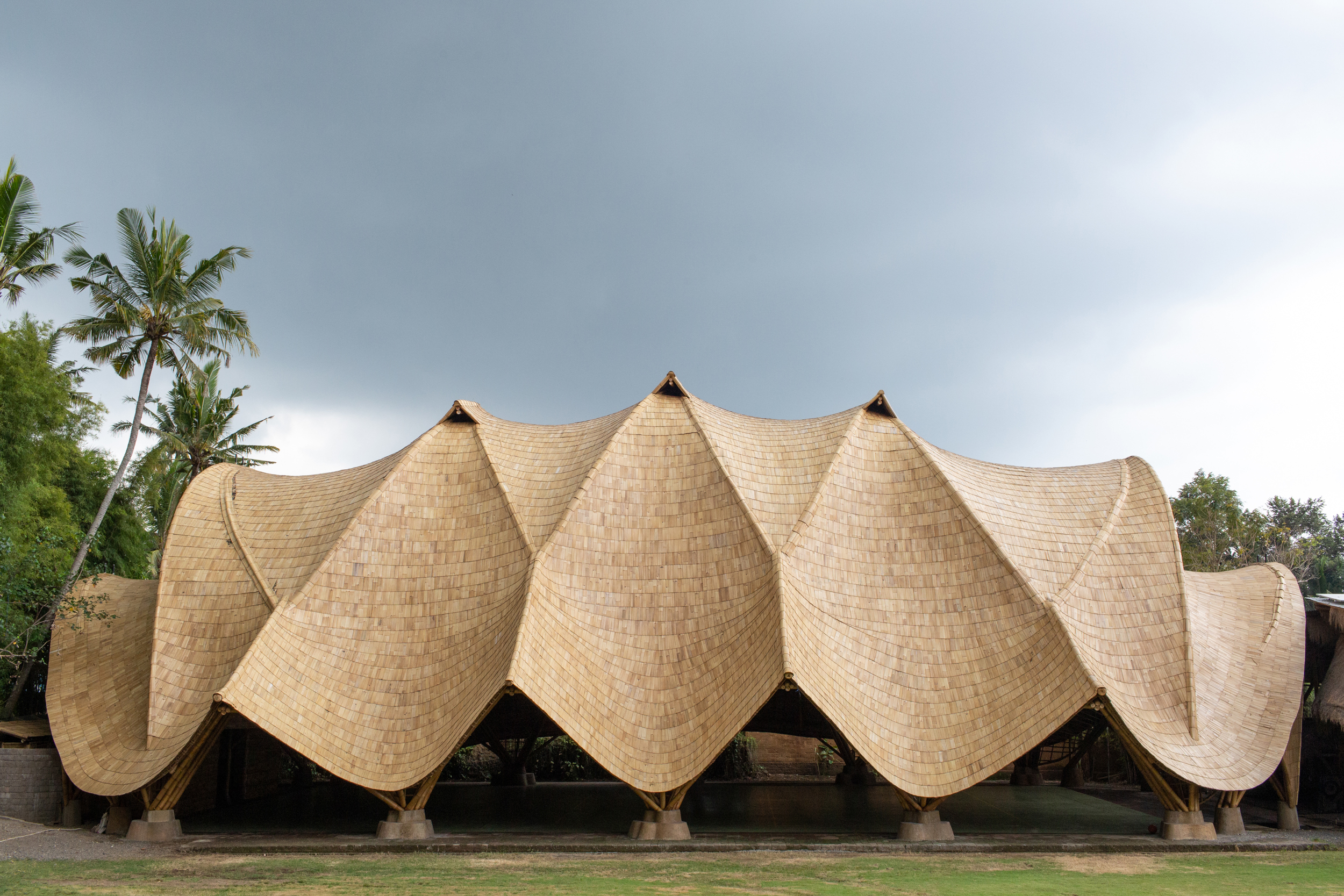 Building with bamboo: In Bali, designer, Elora Hardy, shares her tips and experience
Building with bamboo: In Bali, designer, Elora Hardy, shares her tips and experienceBamboo architecture can be powerful and sustainable; here, we talk to Ibuku's Elora Hardy, who shares her tips, thoughts and experience in working with the material in Bali
By Ellie Stathaki
-
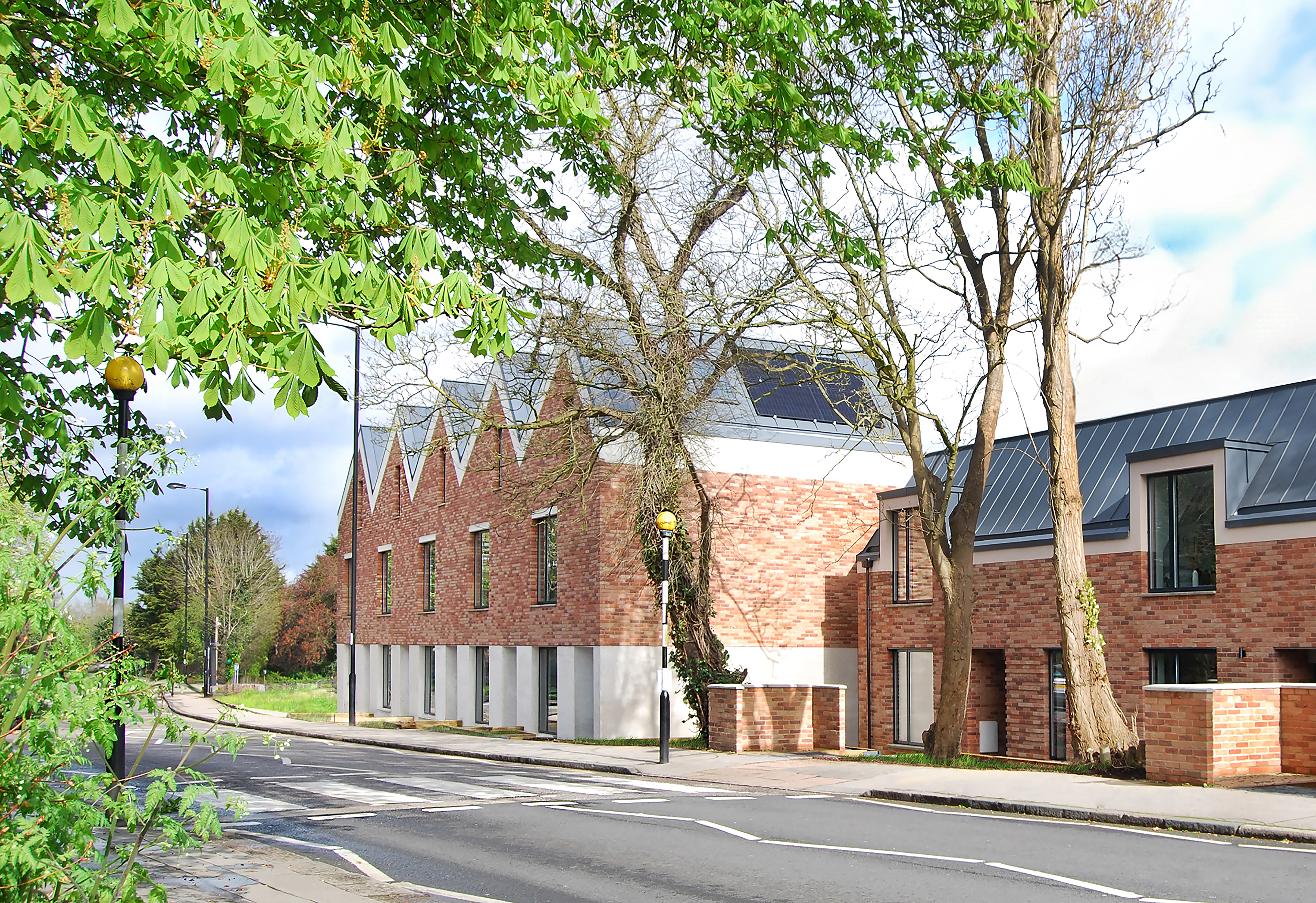 Hermitage Mews is a net-zero family of homes in London’s Crystal Palace
Hermitage Mews is a net-zero family of homes in London’s Crystal PalaceHermitage Mews by Gbolade Design Studio is a sustainable residential complex in south London's Crystal Palace, conceived to be green and contextual
By Ellie Stathaki
-
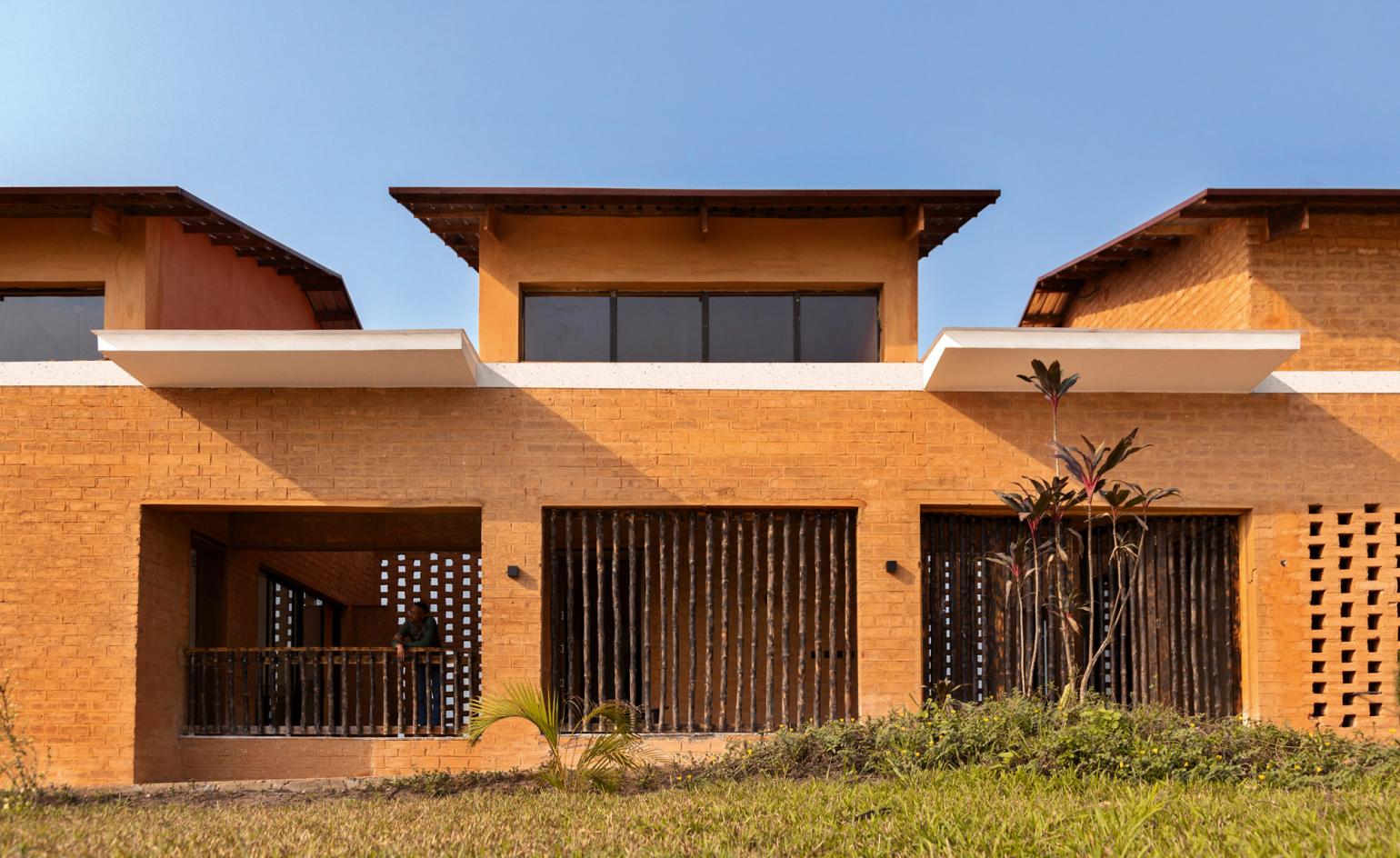 Sustainable architecture: 46 innovative and inspiring building designs
Sustainable architecture: 46 innovative and inspiring building designsThis is sustainable architecture at its best: from amazing abodes to centres of care and hard-working offices, these buildings not only look good but also do good
By Ellie Stathaki
-
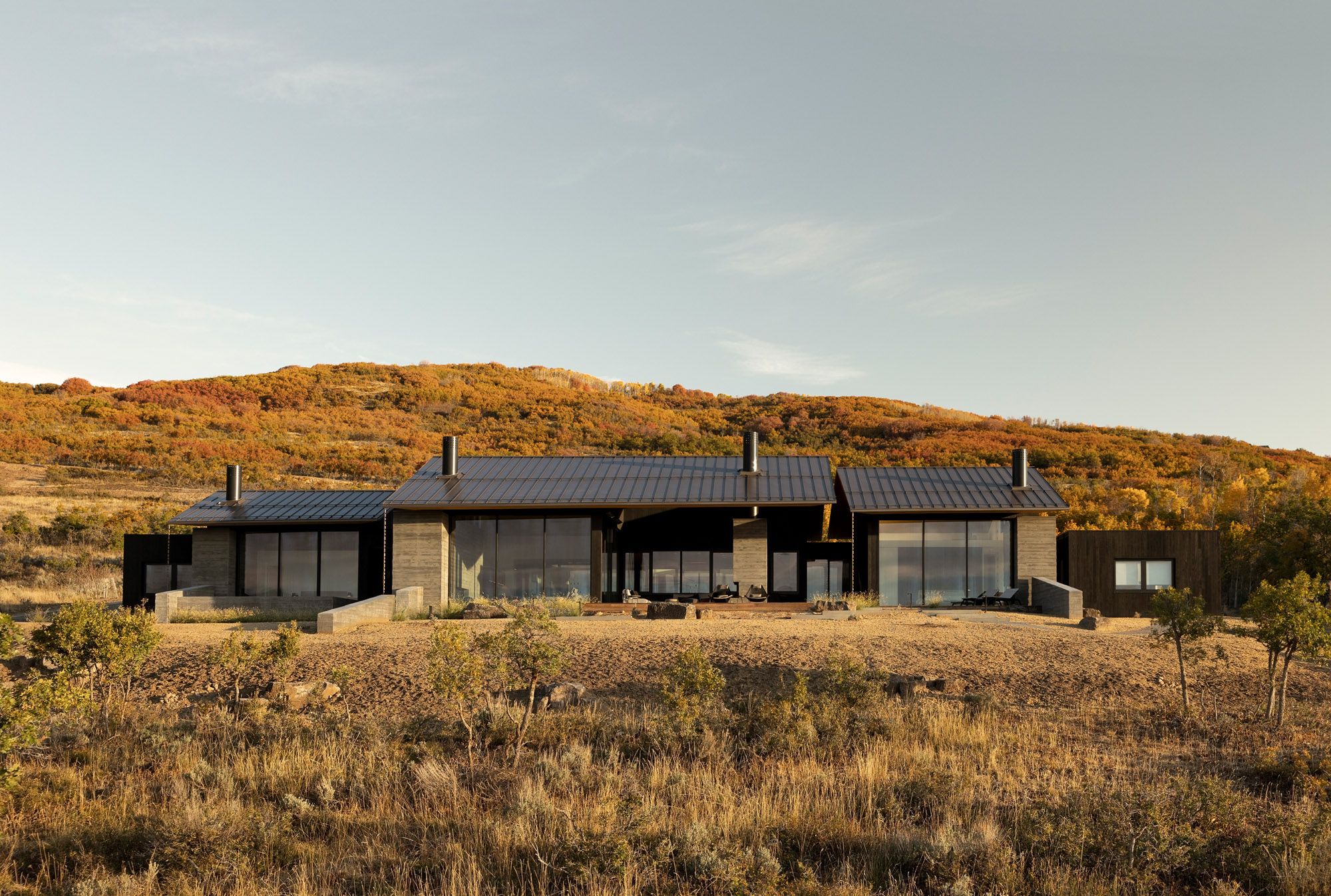 Slot House sets a high bar for sustainable architecture in Utah
Slot House sets a high bar for sustainable architecture in UtahSlot House, an energy-efficient mountain retreat in Utah, by local practice Klima Architecture, sets the bar high
By Eva Hagberg
-
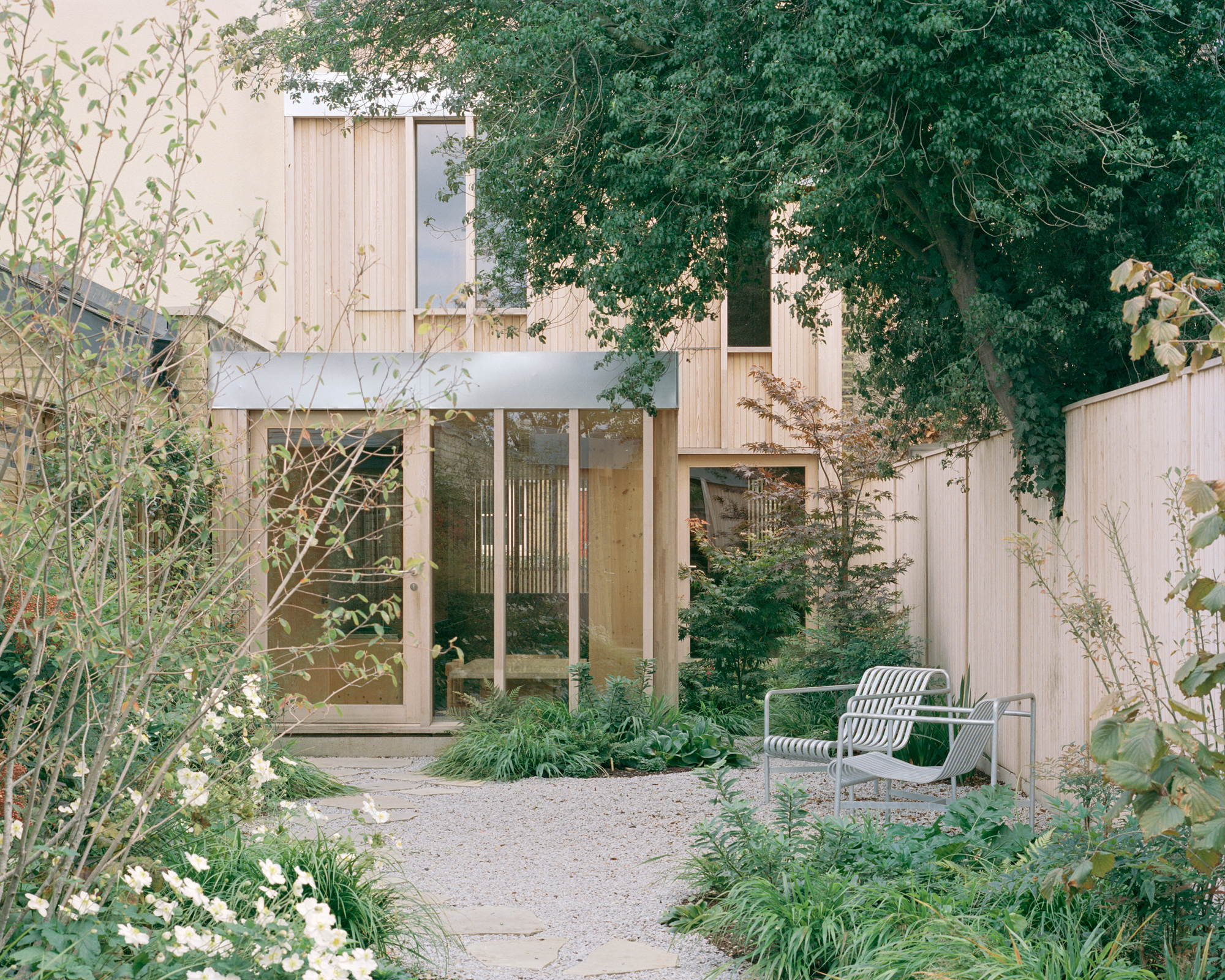 Spruce house offers a minimalist take on sustainable architecture
Spruce house offers a minimalist take on sustainable architectureSpruce House, London practice Ao-ft’s debut project, is a carefully crafted timber house that perfectly slots into its urban landscape
By Ellie Stathaki
-
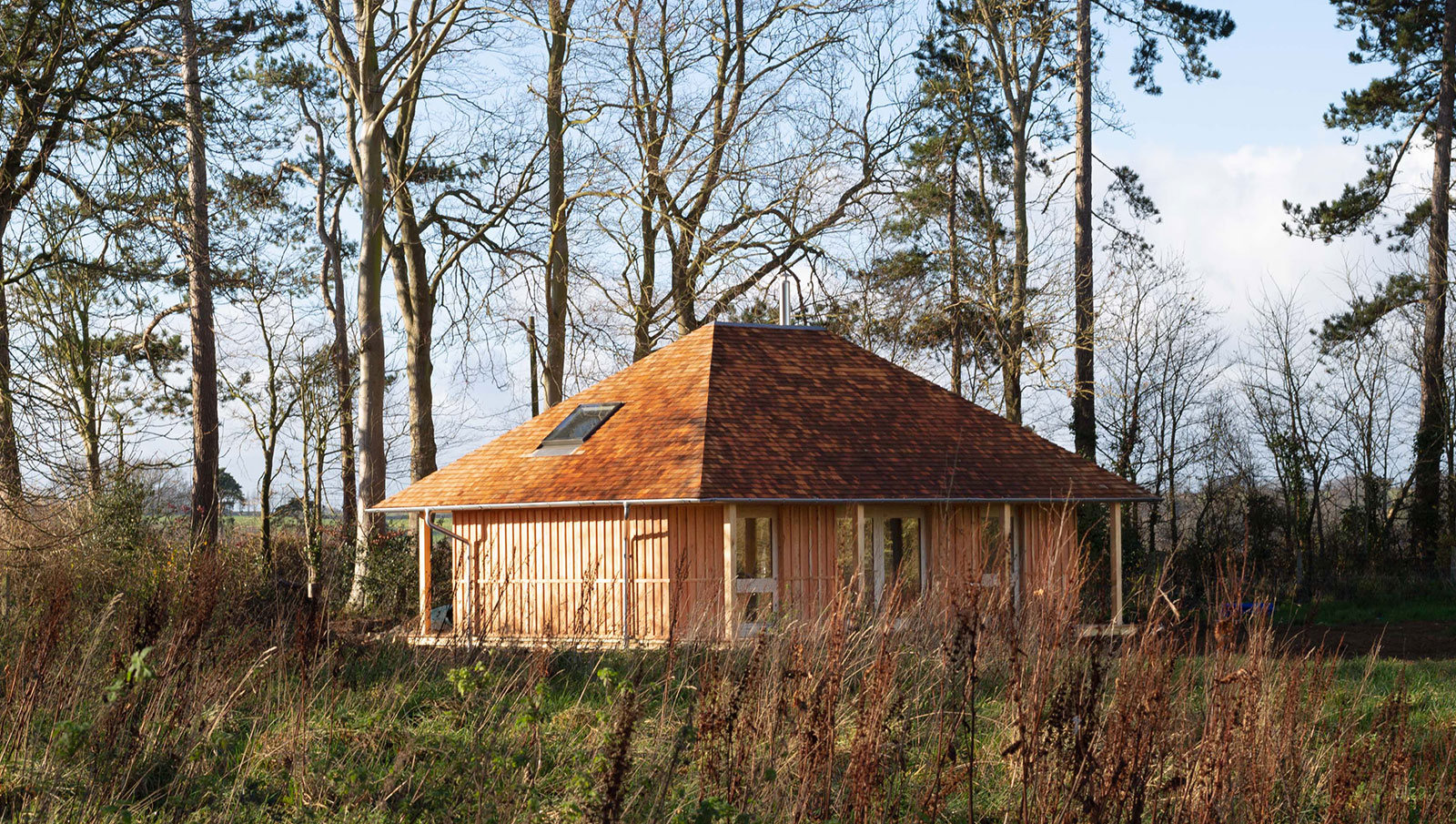 Material Cultures workshops support shift towards sustainable building practices
Material Cultures workshops support shift towards sustainable building practicesMaterial Cultures workshops explore new approaches to promote sustainability in the construction industry
By Ellie Stathaki
-
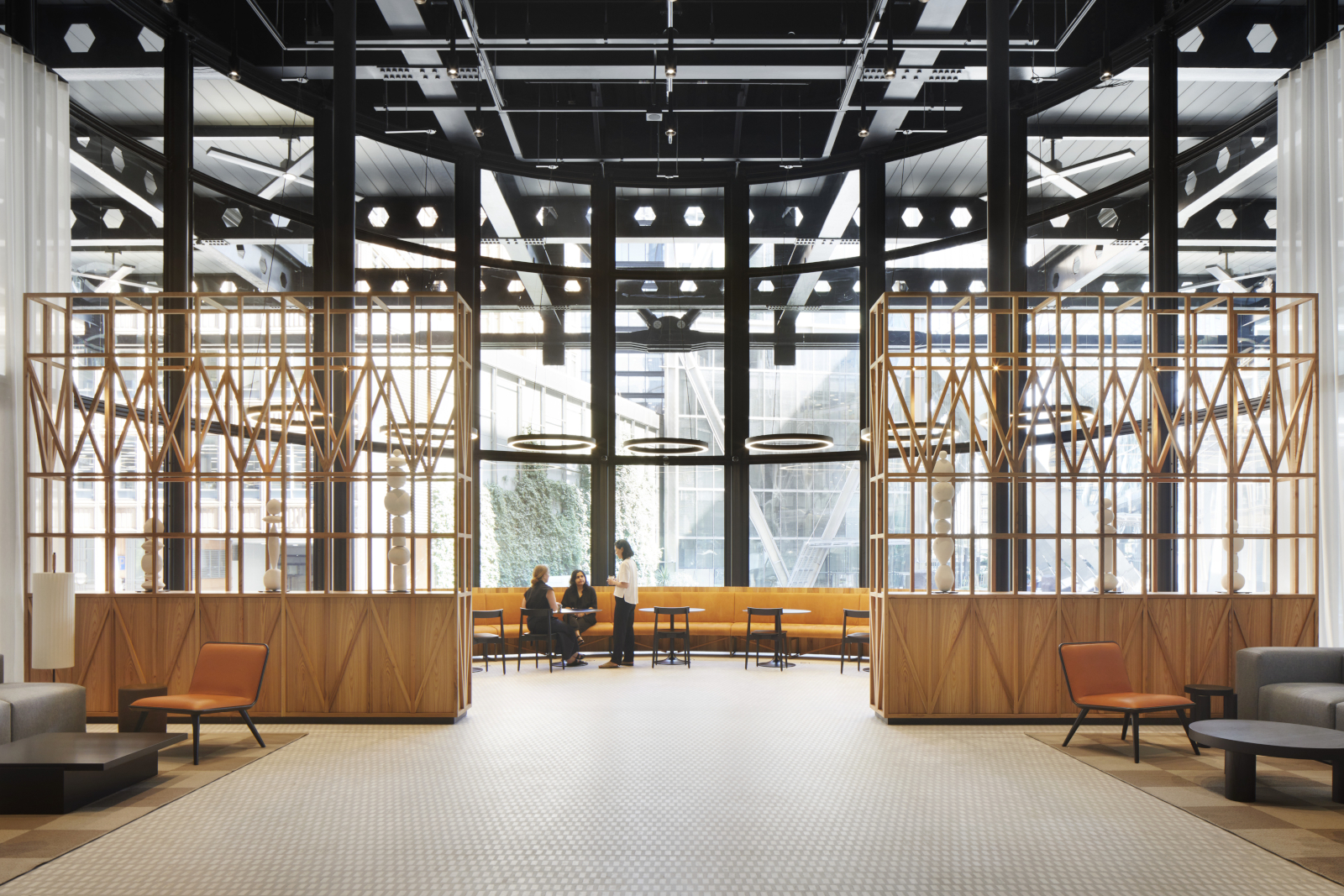 London's Exchange House gets a sustainable revamp
London's Exchange House gets a sustainable revampLondon's iconic Exchange House in Broadgate has been transformed for the 21st century by Piercy&Company
By Nana Ama Owusu-Ansah